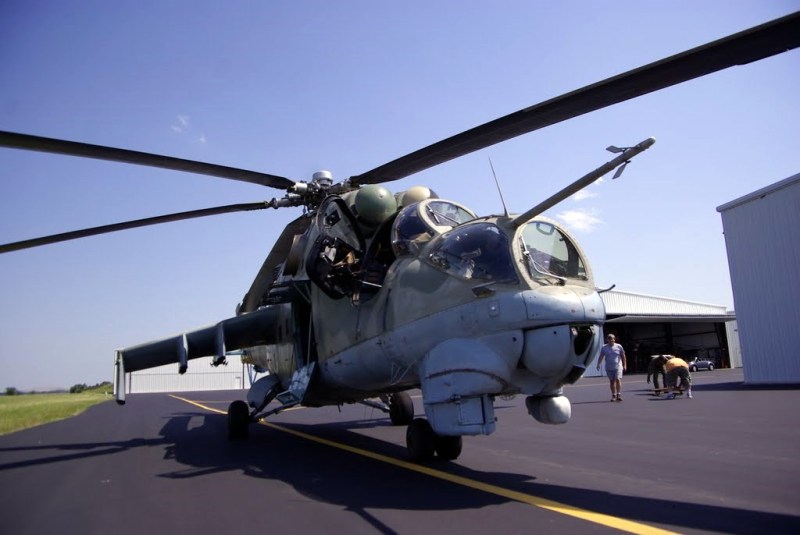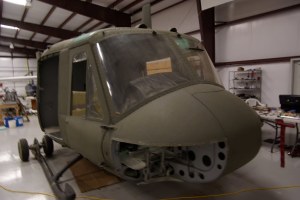I was excited to learn that The Wind Rises, Hayao Miyazaki’s latest film, and possibly his last director credit, tries to deal with aviation in his signature animated grandeur. His fantastic and optimistic portrayal of flight, as seen in Nausicaä of the Valley of the Wind and Porco Rosso is probably the reason I gaze intently in museums and air shows while my more Top Gun-inclined friends joined the military and while my engineer friends grind in a lab for a breakthrough. Like Miyazaki, I’m a spectator.
As a fan of aviation, I both admire military aircraft and scorn their use in ongoing carnage and atrocity throughout the world. My engineer friends struggle with applying their inspiration to instruments that can be used in war.
The Wind Rises is a fictional biography about aviation engineer Jiro Horikoshi, who struggles with achieving his dream of designing a state-of-the-art aircraft on the run up to World War II.
http://www.youtube.com/watch?v=imtdgdGOB6Q&w=560&h=315
The Wind Rises isn’t as exhilarating as Nausicaä or Princess Mononoke. Neither is it as heartwarming as Ponyo –this film did not endear me to Jiro’s design, the Mitsubishi A5M Zero fighter plane, the same way that Ponyo did to its cute, oversized put-put boat. Jiro’s love interest, Naoko, is ancillary muse or a sickly domestic object to Jiro. It’s a far cry from the strong female protagonists that Studio Ghibli made their reputation on.
That said, The Wind Rises strikes personal nerve that deserves some attention.
*Spoilers Ahead*
In a sober and bitter moment near the end, Jiro confronts the design he created as a formation of A6N Zero flies off on a suicidal mission over ruins of buildings and aircraft. Jiro’s metaphysical guide in the form of aviation innovator Giovanni Caproni says that the beauty of his aircraft snubs the horror they participated in.
A few years ago while on a project that I later scrapped, I marveled at a demilitarized Bulgarian Mil Mi-24 “Hind” attack helicopter in a hangar in Lancaster, Texas while its bubble-nosed siblings dropped barrel bombs and other munitions on civilians in Syria and Libya. In an adjacent hangar, I saw the faded and partly stripped green airframe of an American UH-1B Iroquois transport helicopter that swatted the same humid air as its gunship cousins that devastated Vietnamese villages. Hearing Caproni’s dilemma brought back those memories.
A few critics, among them film critic Inkoo Kang, says that the film epitomizes Japan’s national amnesia towards its atrocities throughout Asia during World War II, some of which are still unresolved in the eyes of its victims and governments that speak for them. This criticism holds that, alongside Jiro’s dilemma, Hayao Miyazaki has a responsibility to portray the horror that Imperial Japan committed during the war.
It is a valid point that Japanese culture, via its media, has not soberly evaluated its wartime atrocities as the U.S. and Germany’s media have; for instance, with Kurt Vonnegut’s influential novel Slaughterhouse-Five or the joint Austrian-German film The Counterfeiters. Bashing Miyazaki for missing an opportunity to do so, even though he petitioned his government to acknowledge and pay reparations to victims of Japanese atrocities during the war before the film’s Japanese debut, does no favors toward the issue.
The one problematic thing Miyazaki does in The Wind Rises is mystify the killing Jiro is complicit in as just the work of machines. In a dream sequence near the beginning, bombers piloted by robots destroy young Jiro’s glider. The closest thing we see to a human perspective of the war is an indecisive question by Jiro about where the munitions loaded in his aircraft go.
The problem with this lay-pacifist conceit is that it distances the carnage that people, informed by a malicious cultural setting, inflict by using terms like “war machine” or “military complex.” I see things differently. The difference between the Bulgarian Hind in Lancaster and the Syrian Hind dropping bombs over Homs were the pilots flying them. The difference between the faded Huey that transported repair crews and the Hueys that blew away Vietnamese civilians were the crewmembers, their culture and their orders.
In The Wind Rises, Miyazaki interacts with the same dissonance that the engineers, the pilot, and I feel about admiring these machines while condemning their application in war. This film is not as exciting to kids as Frozen, a 2014 Oscar competitor for Best Animated Feature, but it started a significant discussion that animated films rarely accomplish.